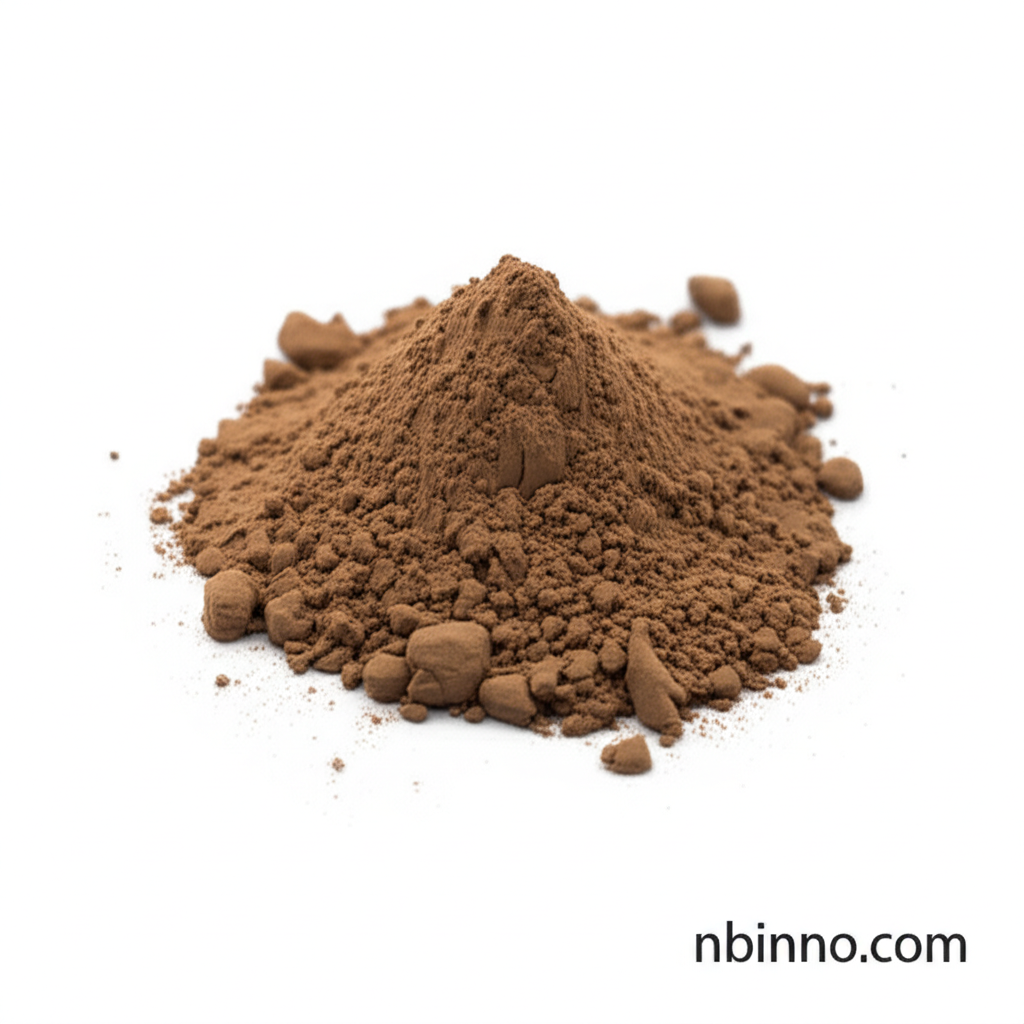Rhodium Acetate: Key Catalyst for Advanced Chemical Synthesis
Explore the properties and applications of Rhodium Acetate, a vital metal catalyst driving innovation in chemical processes.
Get a Quote & SampleProduct Core Value

Rhodium Acetate
Rhodium Acetate, identified by CAS number 42204-14-8, stands as a crucial metal catalyst, essential for a wide array of chemical reactions. Its distinct brown fine powder appearance and high purity of 97% minimum make it a preferred choice for sophisticated synthesis projects.
- Discover the multifaceted rhodium acetate catalyst capabilities that enhance reaction yields and selectivity in complex organic syntheses.
- Learn about rhodium acetate applications in synthesis, particularly its role in facilitating challenging chemical transformations.
- Understand the critical importance of CAS 42204-14-8 uses in various industrial and research settings for catalytic processes.
- Investigate the precise rhodium acetate chemical properties that contribute to its effectiveness as a catalyst in demanding chemical environments.
Advantages of Using Rhodium Acetate
Enhanced Catalytic Activity
The unique structure of rhodium acetate catalyst provides superior activity, accelerating reaction rates and improving overall process efficiency in various chemical transformations.
High Purity Assurance
With a minimum purity of 97%, this compound ensures reliable and reproducible results, minimizing side reactions and making it ideal for sensitive applications.
Facilitates Complex Synthesis
Leveraging rhodium acetate applications in synthesis, researchers can tackle intricate molecular constructions, essential for developing new pharmaceuticals and advanced materials.
Key Applications
Organic Synthesis
Rhodium Acetate is widely employed as a catalyst in organic synthesis, enabling reactions such as hydrogenation, hydroformylation, and C-H activation, crucial for producing complex organic molecules.
Material Science
Its catalytic properties make it valuable in material science for the development of new polymers and functional materials, contributing to advancements in nanotechnology and advanced composites.
Research & Development
As a readily available compound with well-defined rhodium acetate chemical properties, it serves as a fundamental tool in academic and industrial R&D for exploring novel catalytic pathways.
Pharmaceutical Intermediates
The efficiency of CAS 42204-14-8 uses extends to the synthesis of pharmaceutical intermediates, where precise catalytic control is paramount for drug development.
